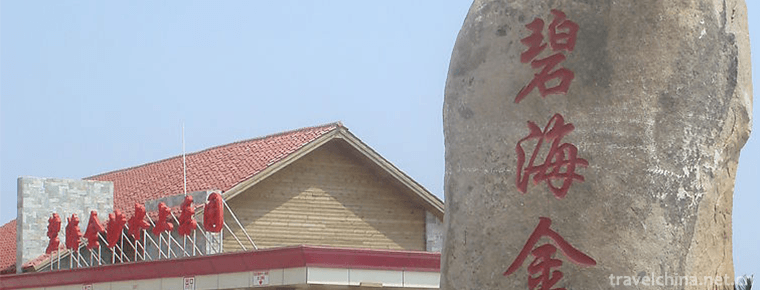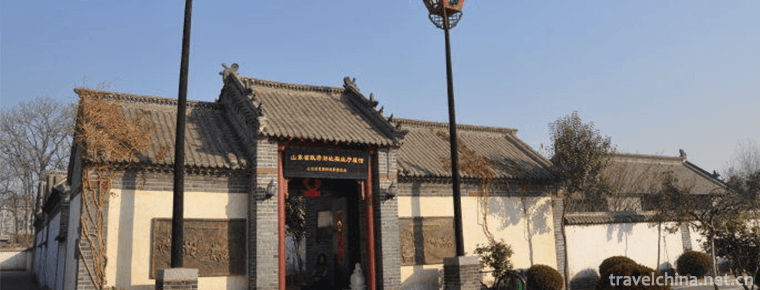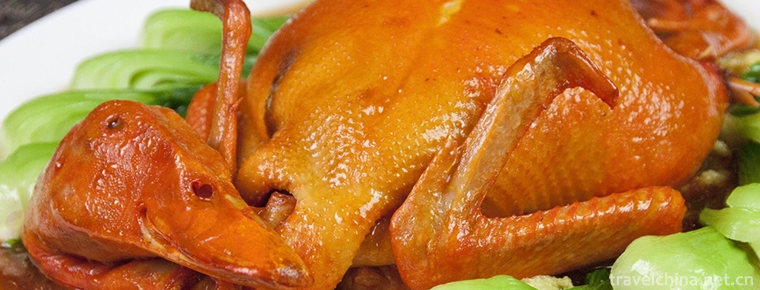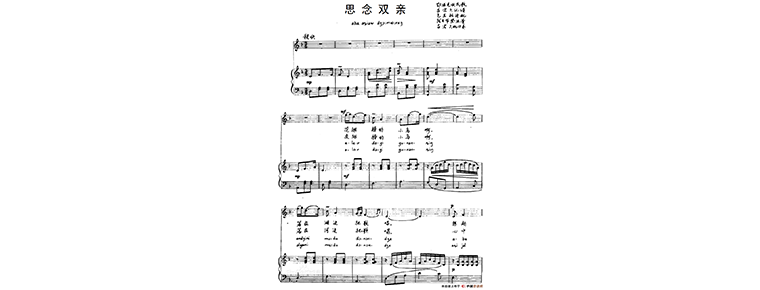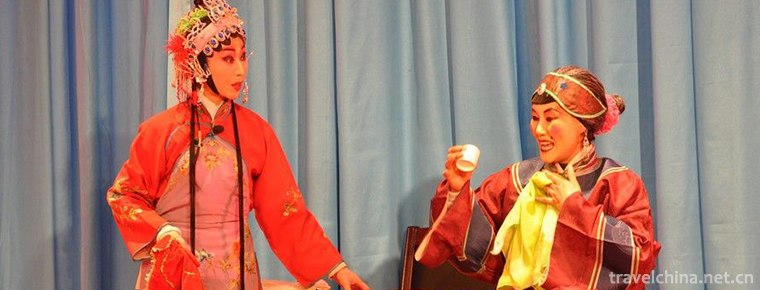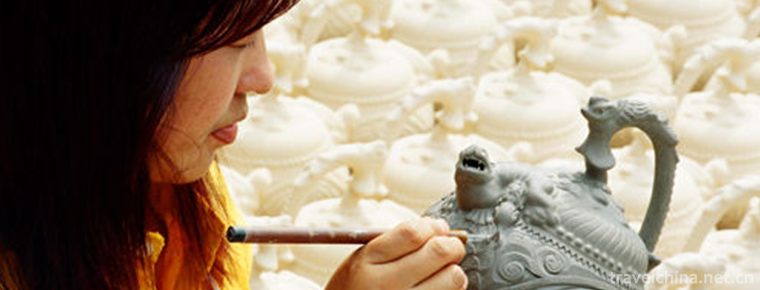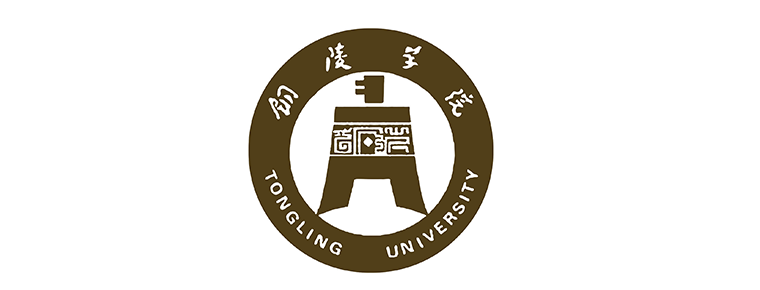Xitang Ancient Town Tourist Scenic Spot
Xitang Town, belonging to Jiashan County, Jiaxing City, Zhejiang Province, is located at the junction of Jiangsu, Zhejiang and Shanghai. It has an ancient name of Xietang, Pingchuan, Yaozhuang Town in the east, Tianning Town and Taozhuang Town in the west, Ganyao Town in the south, Luxu Town in the north. Its central geographic coordinates are 120 53', 30 56', 10 km from Jiashan City. The area is 83.61 square kilometers. Xitang Town is located in the water network area of Hangjiahu Plain and belongs to the East Asian monsoon area on the southern edge of the North Subtropical Zone.
By 2013, Xitang Town had 18 villages and 4 communities. In 2016, Xitang Town had 574,000 households and 29,000 migrants. In 2016, Xitang Town achieved a regional GDP of 5.44 billion yuan .
Xitang has a long history. It is one of the birthplaces of ancient Wu-Yue culture and one of the six ancient towns in the south of the Yangtze River. It is a thousand-year old water town of Wu local culture. During the Spring and Autumn Period and the Warring States Period, Wu and Yue were the border areas between the two countries, known as "Wugen Yuejiao" and "Yuejiao people". October 2003 was listed in the first batch of famous historical and cultural towns in China. In 2003, it was awarded the "Outstanding Achievement Award for the Protection of Cultural Heritage in the Asia-Pacific Region" by UNESCO. In 2006, Xitang Ancient Town was listed on the preparatory list of China's World Cultural Heritage . In 2017, Xitang Ancient Town was promoted to National 5A Tourist Scenic Area . On May 24, 2018, Xitang Town was selected as the top 50 small towns with the most beautiful characteristics.
Xitang, the ancient name of Xietang. In Ming Dynasty, Jianshi Town was named Xitang after Xitang, which borders Yongan and Qianshan townships.
In the fifth year of Xuande in Ming Dynasty (1430), Jiashan County was built, and the county was first proposed to be located in Xietang. In the twelve years of orthodoxy (1447), the Taozhuang Taxation Bureau moved to Xietang City, which is called Xietang City in Hongzhi of the Ming Dynasty. Zhengde (1506-1521), known as Xitang Town.
In the thirty-fifth year of Jiajing in Ming Dynasty (1556), Japanese invaders invaded and the markets around Xigutan were destroyed, then moved eastward gradually. Wanli Zhong was renamed Xietang Town. In the thirty-eighth year of Emperor Qianlong (1733), the county ministry was set up in Wangjiajiao Township. Tongzhi eight years (1869), moved to the east of Nantangqiao Yaqian Street, until the end of the Qing Dynasty abandoned.
At the beginning of the Republic of China, local autonomy was implemented. The county was divided into 12 autonomous regions. Xitang Town was the seat of Xitang Autonomous Region's public office.
In the nineteenth year of the Republic of China (1930), the county was re-divided into four districts, and Xitang was established as the third district of Jiashan County.
In the twenty-third year of the Republic of China (1934), the establishment of the district was abolished. It was directly under the county government and set up Xitang Town Public Office in Yaqian Street.
In the twenty-sixth year of the Republic of China (1937), on November 11 (the ninth day of October on the lunar calendar), Xitang was occupied.
In May 1949, Xitang was liberated and the Xitang District People's Government was established on June 5, 1949.
In June 1951, Xitang Town was transformed into a town directly under the county.
In March 1981, the revolutionary committees of societies and towns were abolished and the Xitang Commune Management Committee and the Xitang Town People's Government were restored.
In January 1984, the Administration Committee of Xitang Commune was changed to Xitang Township People's Government.
In June 1985, Xitang Township was abolished and merged into Xitang Township.
In September 1986, Xitang Town was approved as a satellite town in Shanghai Economic Development Zone.
In 1992, Zhendong, Zhenxi, Shendao and Zhennan were built.
In August 1996, the Town Aquaculture Villagers'Committee abolished the administrative system and established Xitang Aquaculture Farm.
In 1997, the Town People's Government Building was relocated to Nanyuan Road.
Xitang Town is located in the north of Jiashan County, Yaozhuang Town to the east, Tianning Town to the west, Taozhuang Town to the south, Ganyao Town to the north, Luxu Town to the north. Its central geographic coordinates are 120 degrees 53', 30 degrees 56', 78 kilometers north of Suzhou, 9 kilometers south of Jiashan County Town, 80 kilometers east of Shanghai City, and 100 kilometers west of Hangzhou. The administrative area of the town is 83.61 square kilometers.
topographic features
Xitang Town is located in the water network area of Hangjiahu Plain. Its terrain is flat and its stratum is covered by Quaternary system. It is composed of river, lake and shallow sea sediments. There are mainly Xitang Port, Shangtang Port and Xilu Port in the North-South direction, Hongqitang Port in the East-West direction, Xinjinggang Port and Qijingtang Port in the East-West direction. Xitang Town has a low terrain with an average elevation of 1.60 meters (Yellow Sea elevation, the same below).
hydrology
Xitang Town is located in the Hangjiahu Plain water network area of Taihu Basin and belongs to the canal water system. Therefore, the flow speed of the river is gentle and the seasonal variation of water level is significant. Typhoon rainstorms in summer and autumn often cause the sudden rise of river water, while the water level in winter is low.
climate
Xitang Town belongs to the East Asian monsoon area on the southern edge of the North Subtropical Zone. It has the characteristics of mild and humid, distinct seasons and abundant rainfall. Monsoon is the main factor affecting climate, and the temperature is characterized by cold winter and hot summer. Most of the precipitation days are concentrated from April to September, accounting for more than 65% of the annual rainfall. Among them, April and May are alternating spring and summer monsoon, continuous low temperature and rainy, continuous "spring rain" and June and July are "plum rain" periods. Due to the influence of monsoon climate, southeast-east wind prevails in summer and northwest wind prevails in winter.
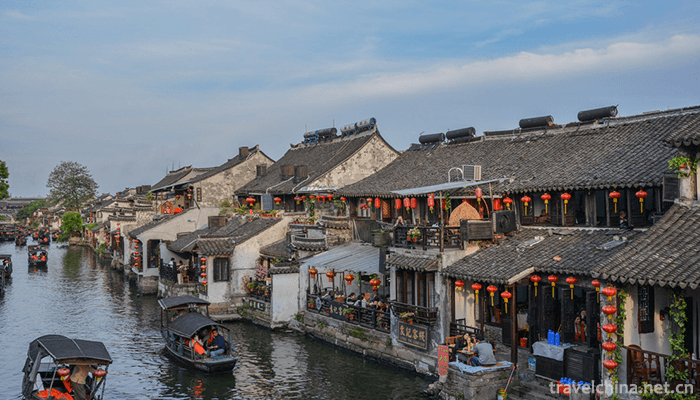
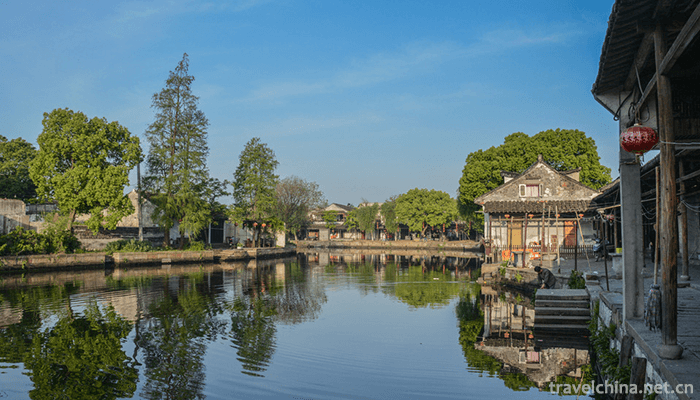
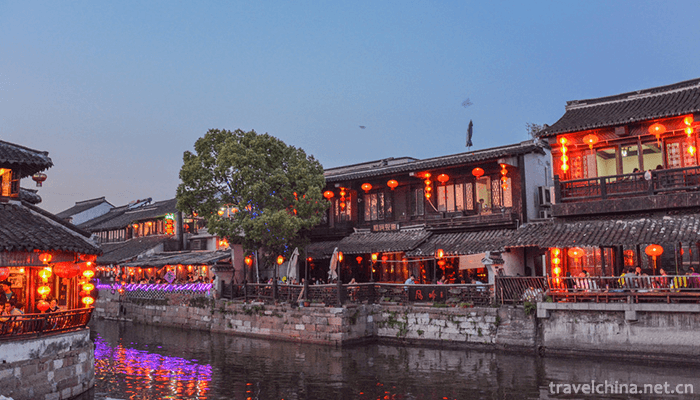

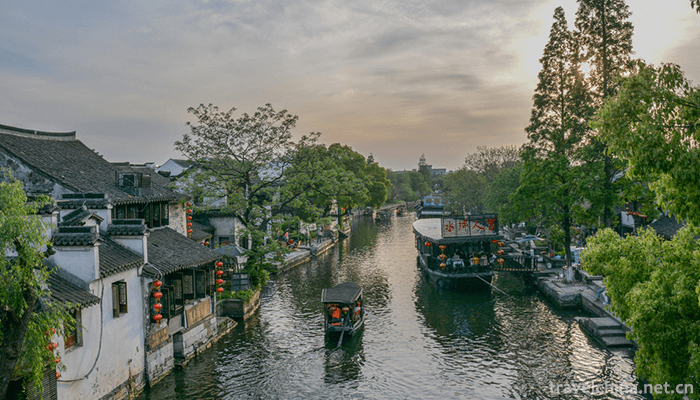
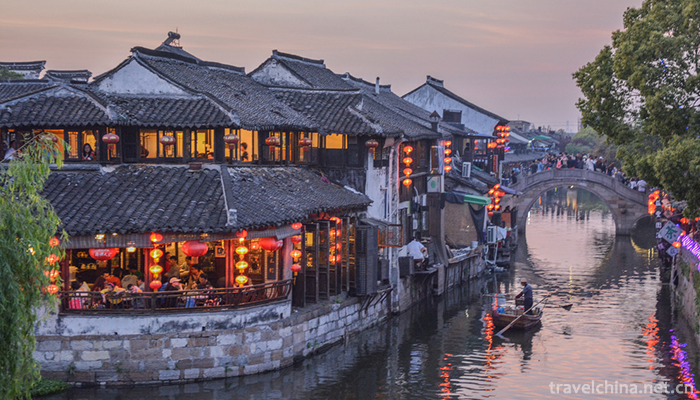


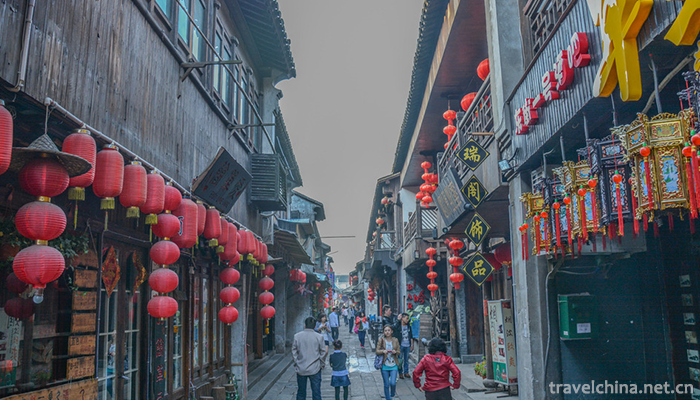
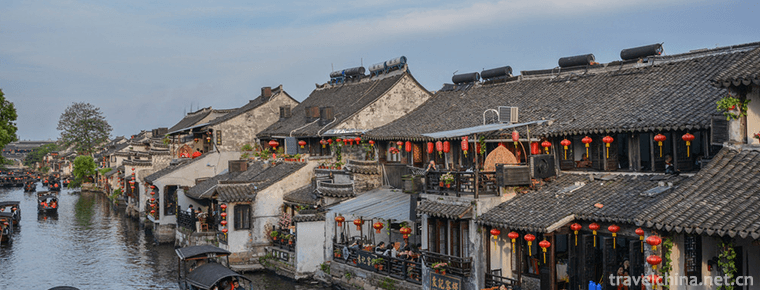
Xitang Ancient Town Tourist Scenic Spot
-
Bihai Jinsha Water Paradise
Bihai Jinsha Water Paradise (i.e. Coastal Recreation Park, abbreviated as "Water Paradise") is built outside the flood control wall, along the flood control wall 1313 meters
Views: 471 Time 2019-01-03 -
The Old Site of Command of 115 Division of Shandong Province Government and Eighth Route Army
The former site of Shandong provincial government and 115 division headquarters of the Eighth Route Army is the headquarters of 115 division of the Eighth Route Army, Shandong Branch of the Communist
Views: 141 Time 2019-02-08 -
Yangda Kuduktur Beacon Platform Site
Beacon also known as beacon platform, beacon platform, Yandun, pyrotechnic platform. If there were enemies, smoke in the daytime and fire in the evening were the quickest and most effective ways to tr
Views: 225 Time 2019-03-02 -
Eight treasures duck
Babao duck is a characteristic traditional dish in Suzhou, which belongs to Shanghai cuisine and Su cuisine. But it is best cooked by the old restaurant in Shanghai, Town God's Temple
Views: 235 Time 2019-03-27 -
Ewenki Folk Songs
Ewenki folk songs are beautiful and beautiful, with unique style. People are improvised and sing improvised lyrics. Pastoral songs and hunting songs show the brave and simple
Views: 301 Time 2019-04-28 -
Xilu Bangkok
Xilu Bangzi a Xilu Bangzi is an ancient traditional opera. Now the embryonic form of Hebei Bangzi was formed in Qingdaoguang period. Its predecessor is Shanshan-Shaanxi Bangzi, which was introduced in
Views: 212 Time 2019-07-01 -
Linking Luhe boxing
Xinyi Liuhe Quan, also known as Xinyi Quan and Liuhe Quan, is one of the most famous excellent types of boxing in China, which combines fighting, fitness, self-defense and health preservation. It is o
Views: 173 Time 2019-07-06 -
Firing Techniques of Yaozhou Kiln Ceramics
Yaozhou kiln is a treasure of Chinese traditional ceramic technology. It was created in the Tang Dynasty and matured in the Five Dynasties. It reached its peak in the Song Dynasty and declined gradual
Views: 189 Time 2019-07-11 -
Tongling University
Tongling University is a multi-disciplinary province. Undergraduate Regular institutions of higher learning It is the base for training and training talents of Finance and economics in Anhui province.
Views: 185 Time 2019-11-18 -
Mount balang
Balang mountain, also known as "colorful mountain", is located between Wolong Nature Reserve and Siguniang mountain scenic area. Balang mountain is called balangla in Tibetan language. It is 5040 meters above sea level. When you look up, you can see that the mountains are covered by mountains and meadows
Views: 191 Time 2020-11-07 -
Meishan mineral resources
There are 25 kinds of minerals in Meishan, mainly including coal, natural gas, iron, copper, lead, zinc, manganese, placer gold, glauberite, gypsum, bentonite, phosphorus, dolomite, cement limestone, magnesite, granite for facing, vein quartz, crystal, quartz sandstone,
Views: 278 Time 2020-12-18 -
Dazhou economy
In 2019, Dazhou's GDP will reach a new level, reaching 204.15 billion yuan, with a year-on-year growth of 7.7% based on comparable prices. Among them, the added value of the primary industry was 34.48 billion yuan, an increase of 2.9%; the add
Views: 173 Time 2020-12-20
